Grow Onions at Home: Your Guide to a Bountiful Harvest
Growing onions at home might seem daunting, but I’m here to tell you it’s easier than you think! This article is your passport to a world of fresh, flavorful onions, grown right in your backyard or even on your windowsill. Forget those bland, supermarket onions; prepare to experience the intense, satisfying taste of homegrown goodness.
For centuries, onions have been a staple in cuisines worldwide, holding a significant place in both culinary history and cultural traditions. From ancient Egypt, where they were revered and even used in religious ceremonies, to modern-day kitchens, the humble onion remains a culinary cornerstone. But why settle for store-bought when you can grow your own onions at home, ensuring a constant supply of this versatile ingredient?
There are many reasons why you should learn how to grow onions at home. Firstly, homegrown onions are incredibly flavorful, bursting with a depth of taste that mass-produced onions simply can’t match. Secondly, you’ll have complete control over the growing process, avoiding pesticides and other chemicals. And finally, the sheer satisfaction of harvesting your own onions is a reward in itself! This DIY guide will walk you through every step, from selecting the right seeds or sets to harvesting your plump, juicy onions. Get ready to transform your gardening game and enjoy the delicious results of your efforts.
Let’s dive in and discover the secrets to a successful grow onions at home experience!
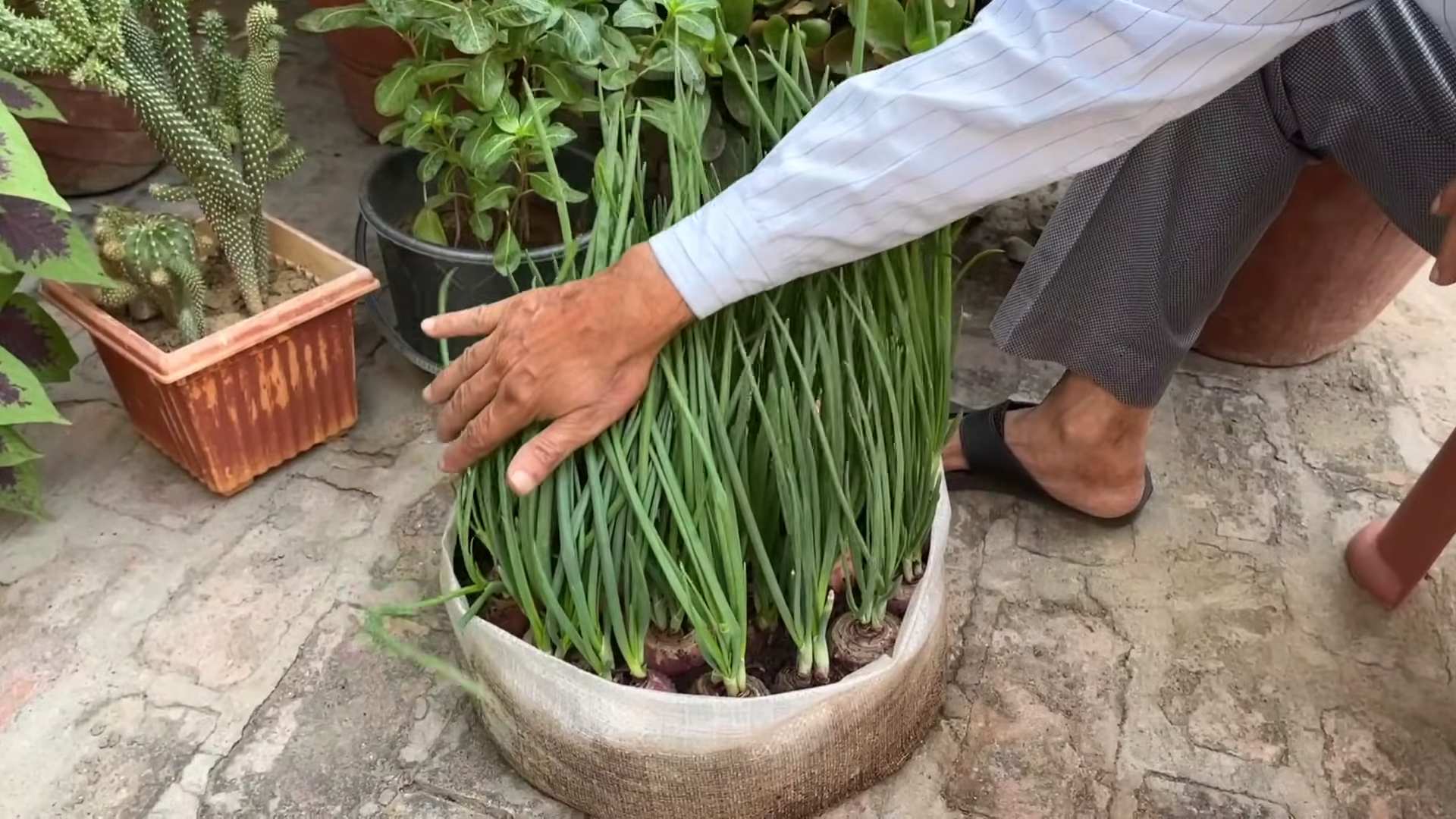
Growing Onions From Seed: A Complete Guide
I love the taste of fresh, homegrown onions, and it’s surprisingly easy to grow them yourself! This guide will walk you through the entire process, from seed to harvest. Get ready to enjoy the freshest onions you’ve ever tasted!
Phase 1: Preparing for Planting
- Choose your onion variety: There are many types of onions, each with its own flavor profile and growing requirements. Yellow onions are a good all-around choice for beginners. Consider the space you have available – some varieties grow larger than others. Check seed packets for mature size and days to maturity.
- Timing is key: Onions need a cool growing season. Start seeds indoors 6-8 weeks before the last expected frost in your area. This allows them to develop strong roots before transplanting outdoors. Alternatively, you can direct sow seeds outdoors after the last frost, but this will result in a later harvest.
- Gather your supplies: You’ll need onion seeds, seed starting mix (not garden soil), small pots or seed trays, a watering can with a fine rose, and possibly a grow light (especially if you’re starting indoors in low-light conditions).
- Prepare your seed starting mix: Use a seed starting mix that’s specifically designed for starting seeds. Garden soil is too dense and can suffocate delicate seedlings. Moisten the mix thoroughly before planting.
Phase 2: Starting Seeds Indoors (Optional)
- Fill your pots or seed trays: Fill your containers almost to the top with the moistened seed starting mix. Gently firm the soil to create a level surface.
- Sow the seeds: Onion seeds are tiny! Sow them about 1/4 inch deep and 1 inch apart. Don’t overcrowd them. If using a seed tray, sow several seeds in each cell.
- Cover with soil: Gently cover the seeds with a thin layer of seed starting mix. Don’t press down too hard.
- Water gently: Use a watering can with a fine rose to gently water the seeds. Avoid dislodging them. Keep the soil consistently moist but not soggy.
- Provide light: Place your seed trays in a sunny location. If natural light is limited, supplement with a grow light for 12-16 hours per day. This is crucial for healthy seedling development.
- Maintain moisture: Check the soil moisture daily and water as needed. Allow the top inch of soil to dry slightly between waterings to prevent damping off (a fungal disease).
- Thin seedlings: Once the seedlings have developed their first true leaves (the leaves after the initial seed leaves), thin them out to one strong seedling per pot or cell. Gently pull out the weaker seedlings.
- Harden off seedlings: Before transplanting outdoors, gradually acclimate your seedlings to outdoor conditions. This process, called hardening off, reduces transplant shock. Start by placing them outdoors for a few hours each day, gradually increasing the time over a week.
Phase 3: Transplanting and Outdoor Care
- Prepare your garden bed: Choose a sunny location with well-drained soil. Amend the soil with compost or other organic matter to improve drainage and fertility. Onions prefer slightly acidic soil (pH 6.0-6.8).
- Transplant seedlings: Once the danger of frost has passed, transplant your seedlings outdoors. Space them 4-6 inches apart, depending on the variety. Dig holes slightly larger than the root balls and gently place the seedlings in the holes. Fill in the soil around the roots and water thoroughly.
- Water regularly: Keep the soil consistently moist, especially during dry periods. Avoid overwatering, which can lead to root rot.
- Weed regularly: Weeds compete with your onions for water and nutrients. Keep the area around your onions free of weeds.
- Fertilize (optional): A balanced fertilizer can promote vigorous growth. Follow the instructions on the fertilizer package for application rates.
- Pest and disease control: Monitor your onions for pests and diseases. Common pests include onion thrips and aphids. Use appropriate organic pest control methods if necessary.
Phase 4: Harvesting Your Onions
- Harvesting time: The time to harvest depends on the variety you planted. Check the seed packet for the recommended harvest time. Generally, you can harvest onions when the tops begin to yellow and fall over.
- Harvesting method: Gently pull the onions from the ground, or use a garden fork to loosen the soil around them before pulling. Allow the onions to dry in the sun for a few days before storing.
- Curing onions: After drying, trim the tops and roots. Store your onions in a cool, dry, and well-ventilated area. Proper curing helps prevent spoilage.
Tips for Success:
- Choose the right location: Ensure your chosen spot receives at least six hours of sunlight daily.
- Soil drainage is crucial: Onions hate wet feet. Amend heavy clay soils with organic matter to improve drainage.
- Consistent watering is key: Avoid both underwatering and overwatering. Aim for consistently moist soil.
- Patience is a virtue: Growing onions takes time. Don’t get discouraged if you don’t see results immediately.
Troubleshooting:
- Yellowing leaves: This could indicate nutrient deficiency, overwatering, or pest infestation. Investigate the cause and address it accordingly.
- Small onions: This could be due to overcrowding, poor soil conditions, or insufficient nutrients.
- Onion rot: This is often caused by overwatering or poor drainage. Ensure good soil drainage and avoid overwatering.
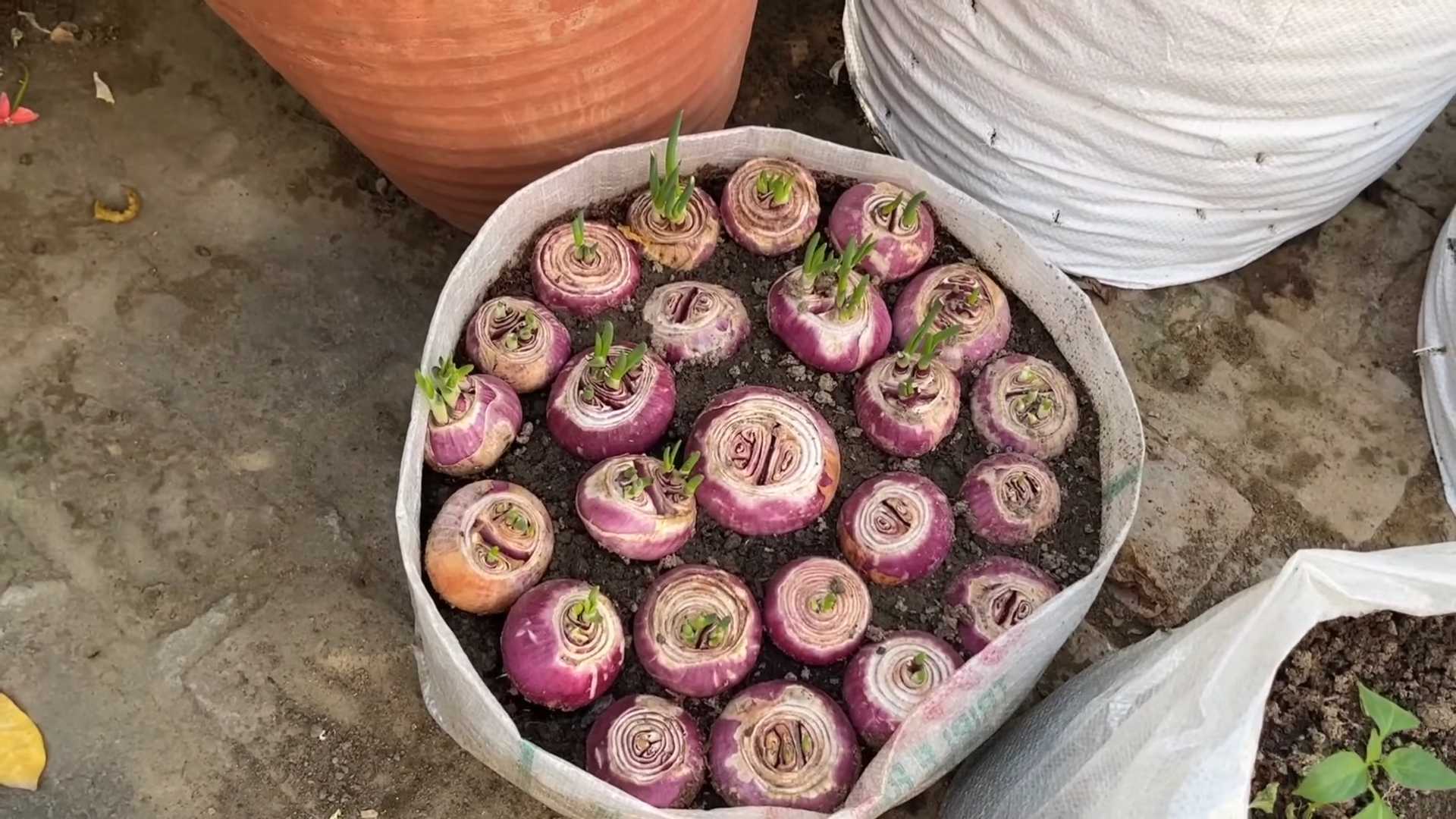
Conclusion
Growing your own onions at home is a surprisingly rewarding experience, far simpler than many might imagine. This DIY trick offers a multitude of benefits, from the undeniable freshness and superior flavor of homegrown onions to the significant cost savings over store-bought produce. You’ll be amazed at the difference in taste – a vibrant sharpness and sweetness that simply can’t be replicated by commercially grown onions. Beyond the culinary advantages, there’s a deep satisfaction in nurturing a plant from seed to harvest, witnessing the life cycle unfold right before your eyes. This simple yet effective method allows you to control the entire process, ensuring you have a consistent supply of fresh, healthy onions throughout the growing season. Ultimately, growing your own onions is a sustainable, economical, and incredibly satisfying endeavor that elevates your cooking and connects you to the source of your food. It’s a project suitable for beginners and seasoned gardeners alike, offering a tangible connection to nature and the delicious rewards of your own hard work.
Beyond the basic method outlined, there are numerous exciting variations you can explore. Experiment with different onion varieties – from the classic yellow onion to the sweet red onion or pungent white onion – to discover your personal favorites. Consider using different growing mediums, such as hydroponics or vertical gardening systems, to maximize space and optimize growth. For those with limited outdoor space, container gardening offers a fantastic alternative, allowing you to grow onions on balconies, patios, or even windowsills. Don’t be afraid to get creative! Try companion planting, incorporating herbs like rosemary or thyme near your onions to potentially improve growth and deter pests. The possibilities are endless, and each experiment offers a unique learning opportunity. We encourage you to embrace the journey and personalize your onion-growing adventure.
So, what are you waiting for? Give this simple yet effective method a try and experience the joy of harvesting your own homegrown onions. Share your experiences, tips, and photos with us – we’d love to see your thriving onion patches and hear about your culinary creations featuring these flavorful gems. Join the growing community of home gardeners and discover the magic of growing your own food. Remember to share your successes and challenges – your feedback helps others embark on their own onion-growing journeys. Let’s cultivate a community of homegrown goodness together! Embrace the simplicity, savor the flavor, and enjoy the journey of growing your own onions at home!
Frequently Asked Questions
What type of onion seeds should I use?
You can use any type of onion seeds you prefer! Popular choices include yellow onions, red onions, and white onions. Each variety offers a unique flavor profile, so feel free to experiment to find your favorite. Look for high-quality seeds from reputable suppliers to ensure optimal germination rates.
How much sunlight do onions need?
Onions require at least six to eight hours of direct sunlight per day to thrive. Choose a location in your garden or on your balcony that receives ample sunlight. If you’re growing onions indoors, consider using grow lights to supplement natural sunlight.
How often should I water my onions?
Keep the soil consistently moist but not waterlogged. Water deeply and regularly, especially during dry periods. The frequency of watering will depend on your climate and soil type. Check the soil moisture regularly by sticking your finger a couple of inches into the soil – if it feels dry, it’s time to water.
How long does it take to grow onions from seed?
The time it takes to grow onions from seed varies depending on the variety and growing conditions. Generally, it takes around 100-150 days from sowing to harvest. Some varieties may mature faster or slower, so always check the seed packet for specific information on the expected harvest time.
What are some common problems when growing onions?
Some common problems include pests like onion flies and diseases like downy mildew. Practicing good garden hygiene, such as removing weeds and crop rotation, can help prevent these issues. If you encounter pests or diseases, consult a gardening guide or your local nursery for appropriate treatment options.
Can I grow onions in containers?
Absolutely! Container gardening is a great option for growing onions, especially if you have limited space. Choose containers that are at least 12 inches deep and wide to allow for proper root development. Ensure the containers have drainage holes to prevent waterlogging.
What should I do with my harvested onions?
Once harvested, allow your onions to cure in a dry, well-ventilated area for a few weeks before storing. This process helps to dry the outer layers and extends their shelf life. Store cured onions in a cool, dark, and dry place, such as a pantry or basement.
What are the benefits of growing my own onions?
Growing your own onions offers numerous benefits, including fresher, tastier onions, cost savings, and the satisfaction of growing your own food. You’ll also have greater control over the growing process, ensuring your onions are grown without harmful pesticides or chemicals.
Can I save seeds from my homegrown onions to plant next year?
While you can try saving seeds from your homegrown onions, it’s important to note that the resulting onions may not be true to type. This means they might not have the same characteristics as the parent plant. For consistent results, it’s best to purchase fresh seeds each year from a reputable supplier.
What if my onions don’t grow as expected?
Don’t be discouraged if your first attempt at growing onions doesn’t yield perfect results. Gardening is a learning process, and there are many factors that can affect plant growth. Review the growing instructions, research potential problems, and try again next season. The experience itself is valuable, and you’ll learn from each attempt.

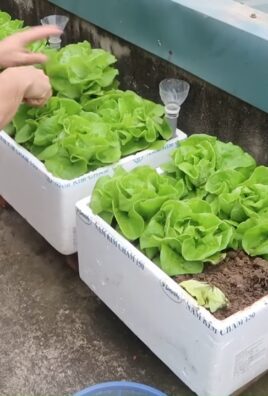
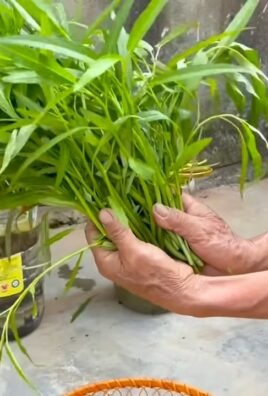
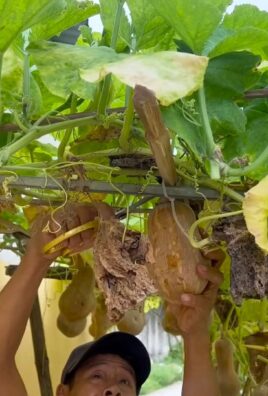
Leave a Comment